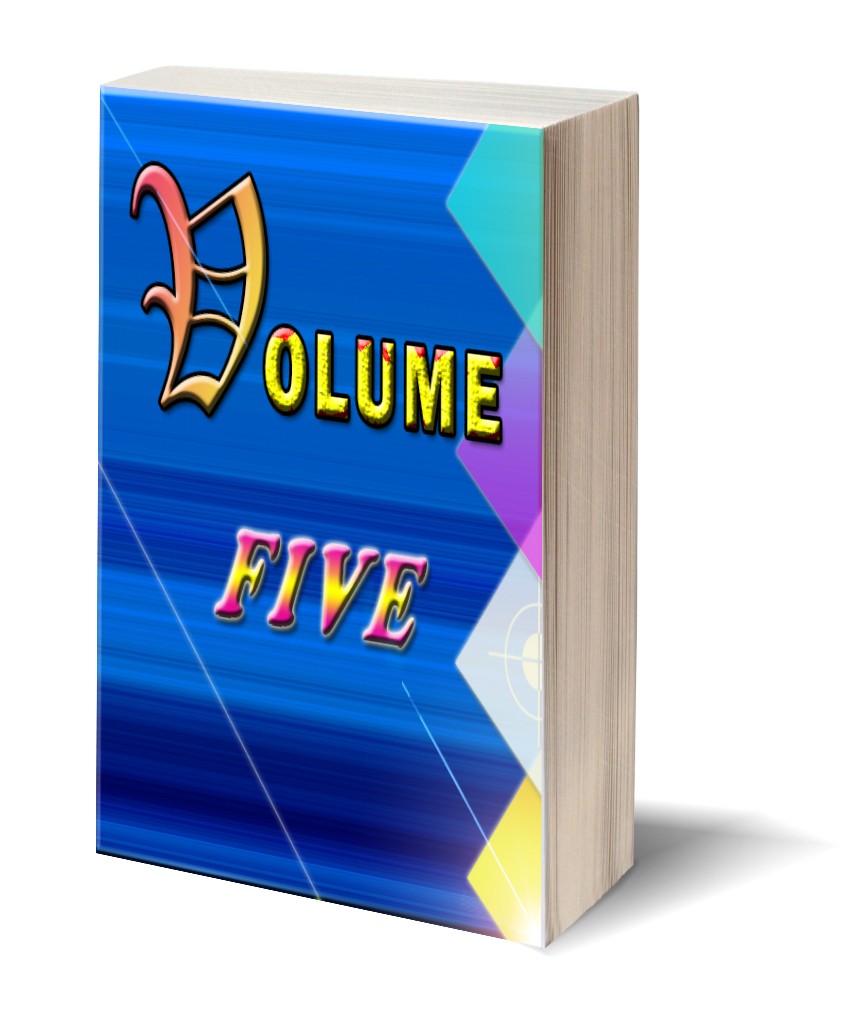An Improved Defragmentation Model for Distributed Customer’s Bank Transactions
Keywords:
Defragmentation, distributed bank transaction, financial transactions classifier, recommender SystemAbstract
The application of Information and Communication Technologies (ICTs) in trade and commerce has changed the ways trading transactions are carried out with the sole aim of accomplishing the growing expectations of organizational clients. In Nigeria nowadays, monetary transactions are made over disparate channels by bank clients. The exchanges can be heterogeneous, energetic, inter-related and as often as possible dispersed over numerous platforms. The variety, volume and velocity of the transactions can be very cumbersome for manual computations. In most cases, it is difficult to make informed decisions from the trend and patterns of the transactional datasets. However, a proper analysis on the datasets generated from the banking transactions of a customer can help in profiling the customer, target recommended solutions and achieve customer loyalty. This project implemented an improved defragmentation model for distributed customer’s banks transactions that can be used by bank customers. It employed Naïve Bayes machine learning and collaborative filtering techniques to separate multiple transactions across numerous payment channels and deploy recommendations for the customer. The Prototype software methodology was adopted in the design. At the implementation of the research work, we utilized test cases to prove that customer’s bank transactions over dispersed channels can be classified based on the user’s query. Customers can now classify their transactions based on purpose of the transactions, the benefiting bank accounts, the beneficiary’s name and their account numbers. The bank customer can quickly obtain a digital statement of account from all her bank accounts with the software.
Downloads
Published
Issue
Section
Similar Articles
- Ugwuanyi Sunday C., Nwanmadu Chukwuebuka E*, Kenneth C. Ugwu*, Nweze Rosemary Chika*, Automated Hostel Allocation System In State University of Medical And Applied Sciences (SUMAS) Igbo-Eno, Enugu State Using E-Commerce. , Communication In Physical Sciences: Vol. 12 No. 8 (2025): Volume 12 Issue 8
- Kayode Stephen Ojo, Moruf Busari, Adeyemi Emmanuel Adeniji , Adebowale Babatunde Adeloye , Combination-Difference Synchronization of Fractional Order Chaotic Duffing Oscillator and Financial Systems With Parameter Mismatch , Communication In Physical Sciences: Vol. 11 No. 1 (2024): VOLUME 11 ISSUE 1
- Osondu Onwuegbuchi, Abdulaziz Olaleye Ibiyeye, Joy Nnenna Okolo, Samuel Adetayo Adeniji, Cybersecurity Risks in the Fintech Ecosystem: Regulatory and Technological Perspectives , Communication In Physical Sciences: Vol. 9 No. 4 (2023): VOLUME 9 ISSUE 4
- Umar Ahmad Isyaku, Nura Muhammad, Abdulrasheed Luqman, Aminu Sabo Muhammad, Determination of the Optimal Number of Servers in Kano Poly Micro Finance Bankeia Standards , Communication In Physical Sciences: Vol. 9 No. 2 (2023): VOLUME 9 ISSUE 2
- Adebayo Adegbenro, Arinze Madueke, Aniedi Ojo, Cynthia Alabi, AI-Driven Wealth Advisory: Machine Learning Models for Personalized Investment Portfolios and Risk Optimization , Communication In Physical Sciences: Vol. 8 No. 4 (2022): VOLUME 8 ISSUE 4
- Chigozie. Chibuisi, Bright O. Osu, Kevin Ndubuisi C. Njoku, Chukwuka Fernando Chikwe, A Mathematical Investigation of Fuel Subsidy Removal and its Effects on Nigerian Economy , Communication In Physical Sciences: Vol. 11 No. 3 (2024): VOLUME 11 ISSUE 3
- Ifeoma Chikamma Okereke , Peace Nwagor, Chidinma Olunkwa, Amadi Innocent Uchenna, Analytical Solution on Stochastic Systems to Assess the Wealth Function of Periodic Corporate Investors , Communication In Physical Sciences: Vol. 12 No. 4 (2025): VOLUME1 2 ISSUE 4
- Benjamin Asuquo Effiong, Emmanuel Wilfred Okereke, Chukwuemeka Onwuzuruike Omekara, Chigozie Kelechi Acha, Emmanuel Alphonsus Akpan, A New Family of Smooth Transition Autoregressive (STAR) Models: Properties and Application of its Symmetric Version to Exchange Rates , Communication In Physical Sciences: Vol. 9 No. 3 (2023): VOLUME 9 ISSUE 3
- Yisa Adeniyi Abolade, Bridging Mathematical Foundations and Intelligent Systems: A Statistical and Machine Learning Approach , Communication In Physical Sciences: Vol. 9 No. 4 (2023): VOLUME 9 ISSUE 4
- Abdulateef Oluwakayode Disu, Henry Makinde, Olajide Alex Ajide, Aniedi Ojo, Martin Mbonu, Artificial Intelligence in Investment Banking: Automating Deal Structuring, Market Intelligence, and Client’s Insights Through Machine Learning , Communication In Physical Sciences: Vol. 8 No. 4 (2022): VOLUME 8 ISSUE 4
You may also start an advanced similarity search for this article.




